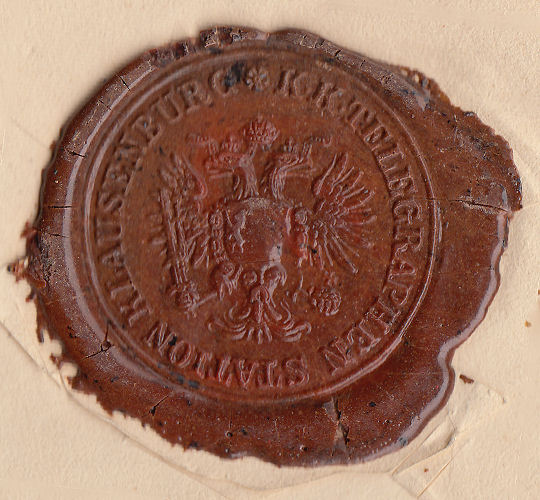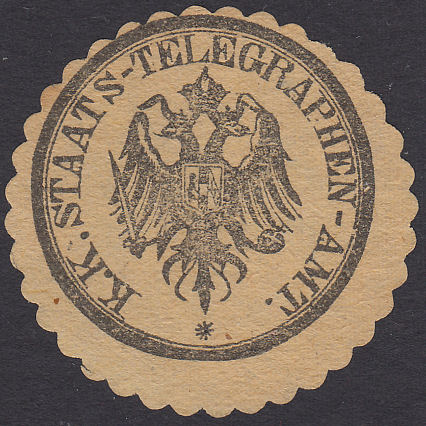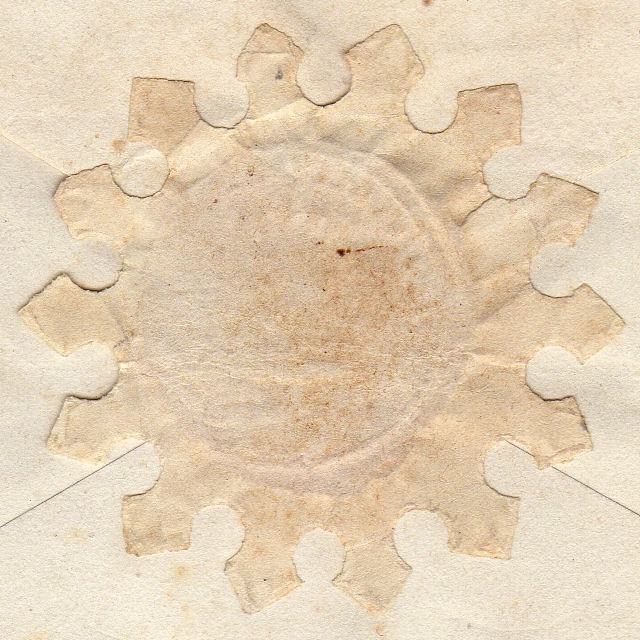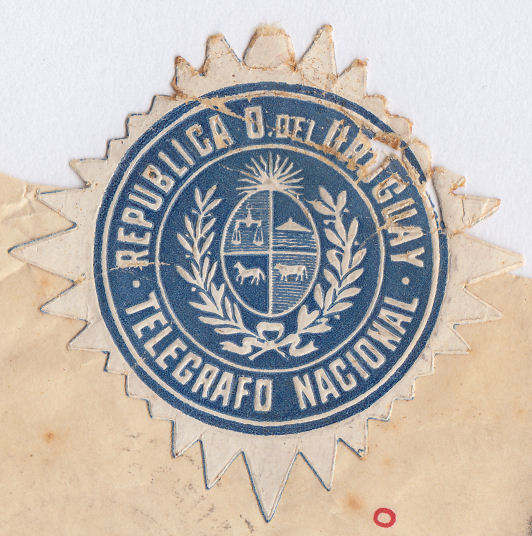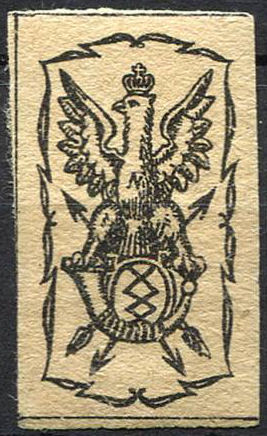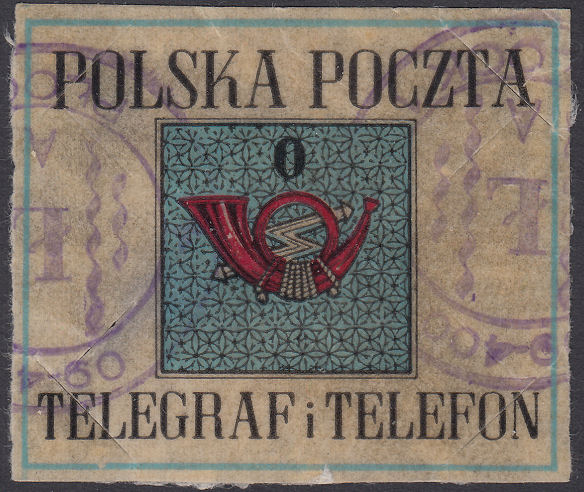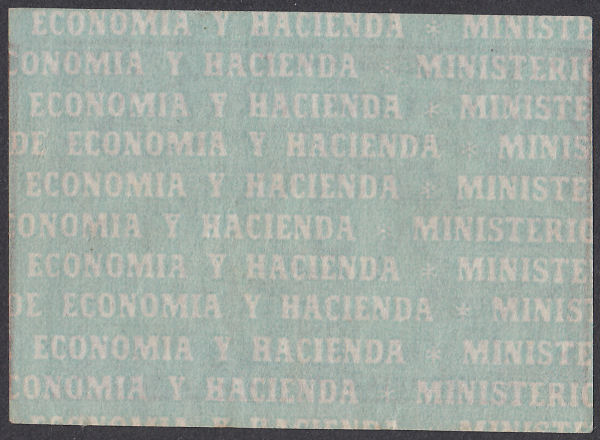Previous |
|
Next |
FOREWORD
| Telegraph seals were produced and used by telegraph companies either to seal shut folded telegrams such that the addresses, but not the messages, could be read by the telegraph boy for delivery or, much less often, to seal an envelope in which a telegram was delivered. Telegraph seals did not therefore represent money as did telegraph stamps and as do postage stamps today. And since they were not a form of money as were stamps, telegraph companies had no reason to keep records of what and how many seals they had issued and few, if any, seem to have done so. This makes cataloguing difficult. Lists or partial lists have been published for a few countries — Argentina, Japan, Turkey — but for most countries it is simply a matter of watching the auctions, talking to people and generally seeing what is out there. This is what I have been doing. My listing is far from complete. There are countries, the Netherlands, Chile, Romanoff Russia and no doubt others, where it seems that no two printings of telegraph seals were quite the same and much more research will be needed by collectors in those countries. Similarly what was used where in the Austro-Hungarian Empire needs sorting out by someone who knows that confusing area of Europe far better than I do. I thus have a choice of waiting and searching until I think I have found most seals issued around the world or publishing now and asking you, the reader, to help with completing the task. I have therefore decided to publish now and appeal to all readers to let me know of any further information they have; not just unlisted seals but better illustrations of those that are listed but are poorly illustrated, dates of use, perforations where those are not listed, background information and anything else that could usefully be included. You can write to me at the address given opposite or email to S.E.R.H. July, 2007 |
| Updates. The above was written by Steve Hiscocks. I have converted it to electronic form to allow online-translation. |
My Foreword
Most of the above still applies, though clearly the contact details do not. As this is a website, I have the advantage of being able to add updates frequently at minimal cost. The text is also amenable to online translation and colour pictures are not a problem.
I have experimented with adding prices, though they are very much guesswork at the moment.
I chose Ecuador for this since some of the seals were previously thought to be telegraph stamps and priced accordingly. This gives me a guide. I have included a column for 'used on dated telegram', and I have also added a feature to allow for the currency to be selected. There has been some re-numbering, but there will be a lot more needed as dates of use will need a lot of revision and new items are still being found. |
I think the Austro-Hungarian Empire is fairly well sorted out now and I am progressing through the Russian Empire.
Each of these Empires had seals for general use plus seals intended for specific areas, often being bi-lingual. |
I think something needs to be said about the evolution from the earlier wax seals to the paper seals that are listed here.
The big difference between telegram seals and telegraph stamps is that they do not directly contribute to revenue. This has had consequences that reflect on the outlook, priorities and imagination of the issuing authority.
The early (1862) Bavarian seal below is a fairly extreme example. It is without colour but embossed and would probably be hard to remove without detection. The Polish seals (below), mostly had little security, but there was one type that had 'cross cuts' in each corner (look closely) and additionally could be handstamped so that even complete replacement of the seal would be detectable.
Another innovation comes from Costa Rica
Etiquettes / envelopesThe difference between telegram seals and etiquettes may not be clear cut. What started life as a seal may have been used as an etiquette after the adoption of envelopes with built-in seals, perhaps due to habit, perhaps even due to required procedures. AdvertisingSome countries had the imagination to make the seals more productive by using them as advertising space. Economics / Politics / LanguageSeals tell a story. Generally they reflect their environment, so that the coat of arms may be proudly displayed or they may be bi-lingual. In Bolivia, the Chaco conflict played a large part with the area highlighted on seals that were generally torn in half because of shortages.
Perforations
Form NumbersTelegram seals may be classed as 'Cinderellas', or alternatively considered as telegraphic stationery.
Many different basic designs v few or one basic design/s with many minor variations
Seals as telegraph stationerySome seals of some countries (Argentina, Chile, Latvia, Lithuania, Portugal at least) bear form numbers, just as telegraph forms and telegrams usually do. This makes it clear that those authorities considered them as stationery, just as the more obvious 'forms'.
|
